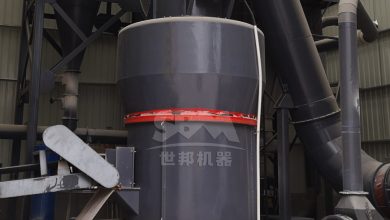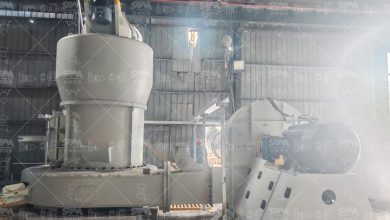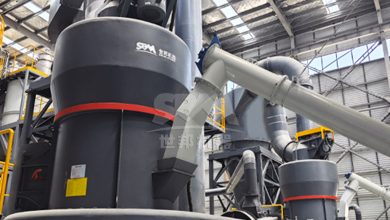Revolutionizing Fine Chemical Processing: Ultrafine Grinding Mill for Aluminum Hydroxide Powder
Introduction: The Critical Role of Particle Size in Aluminum Hydroxide Applications
Aluminum hydroxide (Al(OH)₃) is a cornerstone material in a multitude of industrial applications, serving as a versatile flame retardant in polymers, a crucial precursor for aluminum chemicals, an effective antacid in pharmaceuticals, and a key filler in composites. The performance of this compound is intrinsically linked to its physical properties, with particle size and distribution being paramount. Ultrafine and narrowly distributed aluminum hydroxide powder offers superior dispersion within polymer matrices, leading to enhanced flame retardancy at lower loading levels. It provides a higher surface area for chemical reactions and improves the mechanical properties and surface finish of composite materials. Consequently, the grinding technology employed to achieve these precise particle specifications is not merely a processing step but a critical determinant of product value and market competitiveness.
Technical Challenges in Ultrafine Grinding of Aluminum Hydroxide
Transforming raw aluminum hydroxide into a high-purity, ultrafine powder presents significant engineering challenges. The material’s moderate Mohs hardness (around 3.0) can be deceptive; achieving a fine and uniform particle size without introducing contamination or causing excessive heat generation requires precision engineering. Traditional grinding methods, such as ball mills or early-generation Raymond mills, often fall short. They struggle with energy inefficiency, broad particle size distributions (PSD), and the potential for iron contamination from worn grinding media, which is particularly detrimental to the electrical properties of end-products. Furthermore, the process must be environmentally contained to prevent dust emission and ensure operator safety, adding another layer of complexity to the system design.
The Pinnacle of Precision: SCM Ultrafine Mill
For applications demanding the absolute finest and most consistent powders, the SCM Ultrafine Mill represents the cutting edge of grinding technology. Engineered specifically for producing powders in the range of 325 to 2500 mesh (D97 ≤5μm), this mill is the ideal solution for high-value aluminum hydroxide products.
Its core strength lies in its integrated grinding and classification system. A vertical turbine classifier performs precise particle size切割 (cutting), ensuring that no oversized particles contaminate the final product. This results in a remarkably narrow PSD, which is crucial for maximizing performance in sensitive applications like halogen-free flame-retardant cables or high-purity alumina precursors.
The grinding mechanism itself is a marvel of efficiency. The multi-layer grinding ring and roller assembly, crafted from special wear-resistant alloys, apply a combination of centrifugal force and extrusion to progressively reduce particle size. This method generates less heat compared to impact-based grinding, preserving the chemical structure of the aluminum hydroxide.
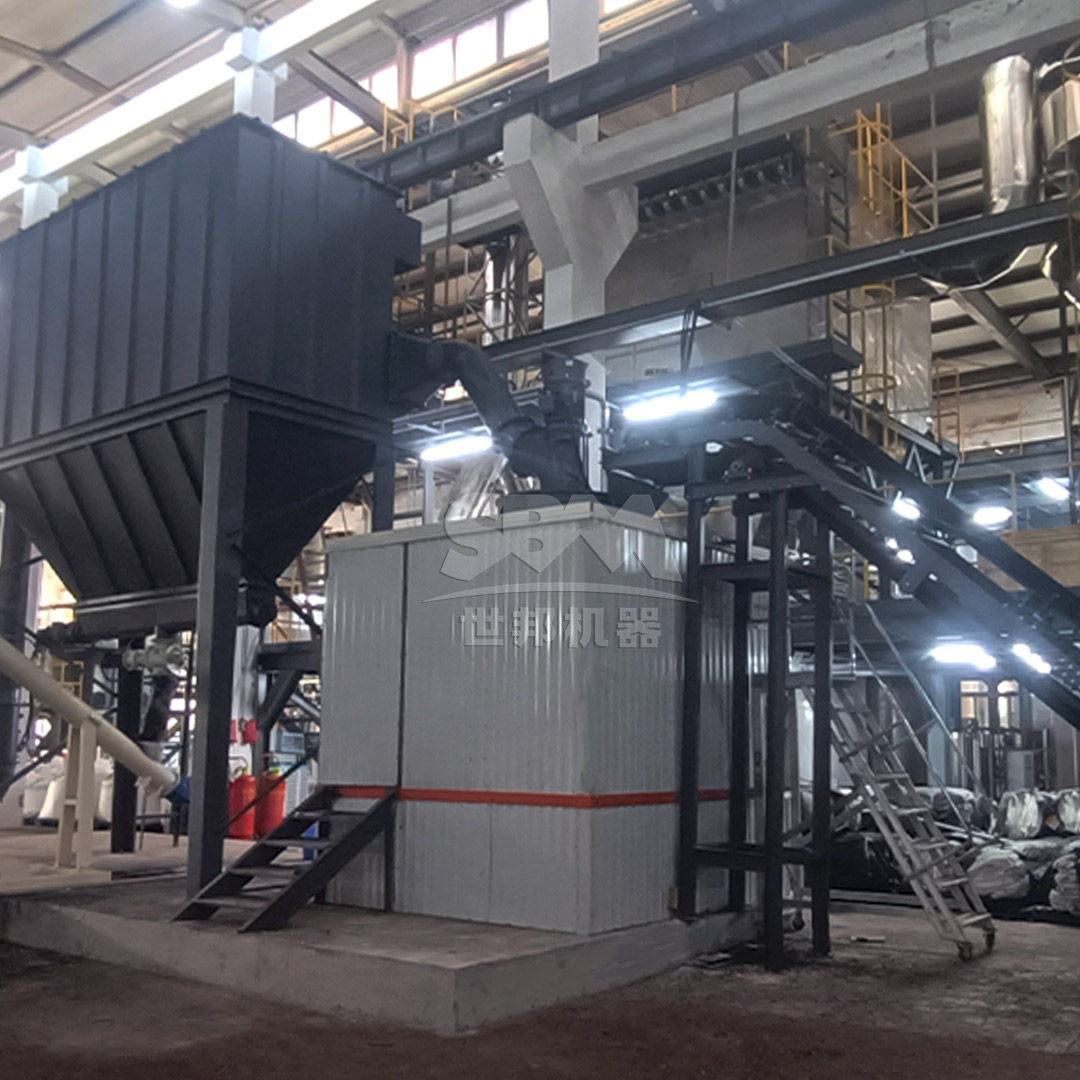
Key advantages for aluminum hydroxide processing include:
- Unmatched Fineness: Capable of achieving a consistent D97 ≤5μm, unlocking premium market segments.
- Superior Product Uniformity: The high-precision classifier guarantees a tight particle size distribution.
- High Purity: The optimized grinding geometry and use of advanced materials minimize wear and the risk of iron contamination.
- Energy Efficiency: Its design consumes up to 30% less energy than traditional jet mills producing similar fineness, significantly reducing operational costs.
With models like the SCM1000 (1.0-8.5 t/h, 132kW) and the large-capacity SCM1680 (5.0-25 t/h, 315kW), operations can be scaled from pilot projects to full-scale production without compromising on product quality.
A Robust and Efficient Solution: MTW Series Trapezium Mill
For high-capacity production lines where the target fineness is in the 30-325 mesh range, the MTW Series Trapezium Mill offers an unbeatable combination of reliability, efficiency, and cost-effectiveness. This mill is perfectly suited for producing the bulk of aluminum hydroxide powder used in standard flame-retardant and filler applications.
The MTW mill incorporates several patented innovations that make it exceptionally durable and efficient. Its curved air duct technology reduces air flow resistance, lowering energy consumption associated with the system’s fan. The geared drive system transmits power with an efficiency of over 98%, ensuring robust and stable operation under heavy loads. Furthermore, its modular, wear-resistant shovel design simplifies maintenance and reduces downtime, a critical factor for continuous production environments.
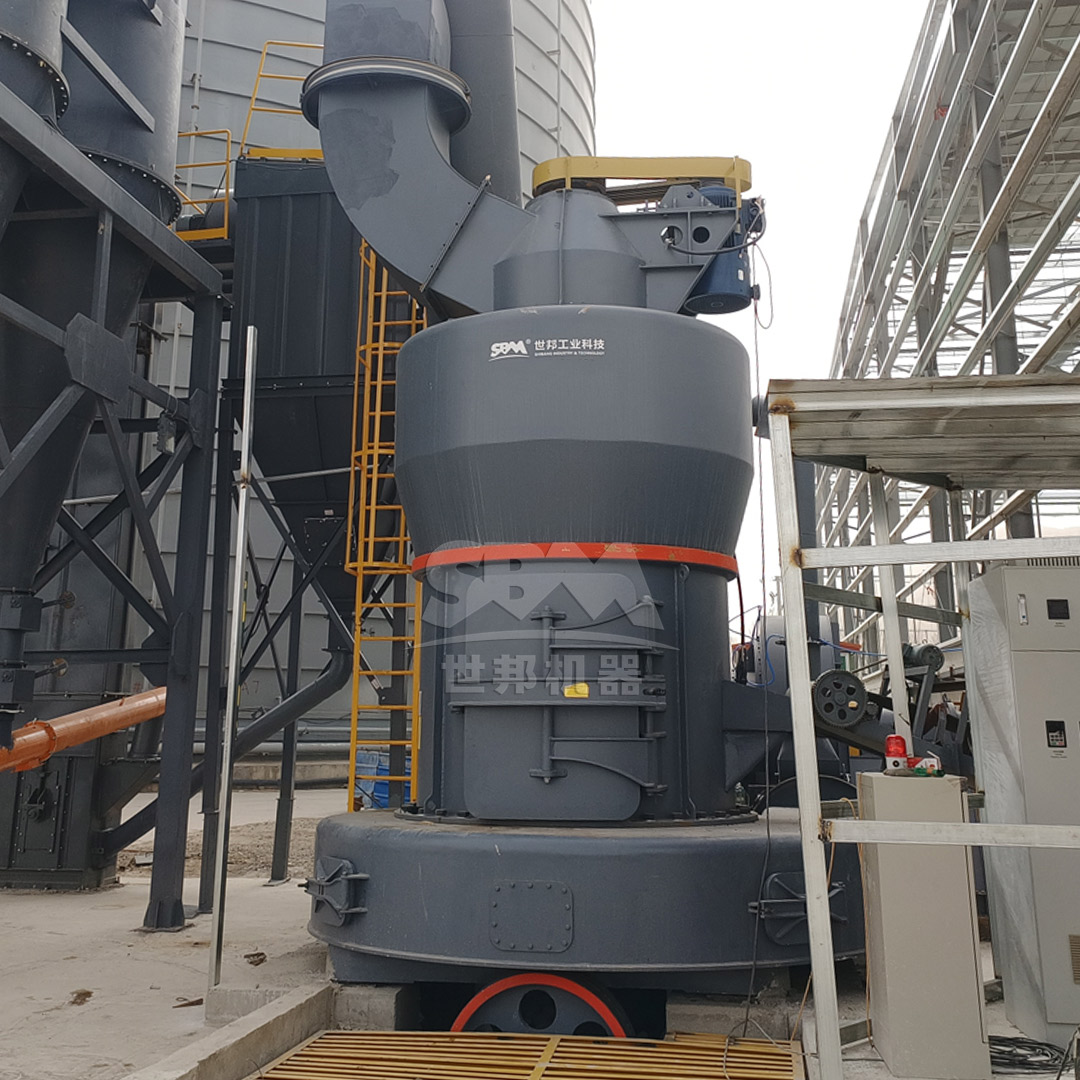
For aluminum hydroxide producers, the MTW mill delivers:
- High Throughput: Models like the MTW215G can process 15-45 tons per hour, making it ideal for large-volume production.
- Excellent Reliability: Built with durable components and a reinforced structure for non-stop operation.
- Lower Operational Costs: Higher efficiency and easier maintenance translate to a reduced cost per ton of product.
- Environmental Compliance: Equipped with highly efficient pulse dust collectors, it easily meets stringent international emission standards.
Beyond Grinding: The Importance of a Complete System
A grinding mill does not operate in isolation. The overall efficiency and product quality are determined by the entire system, which includes feeding, grinding, classification, and collection. Modern mills like the SCM and MTW are designed as integrated systems. Advanced PLC controls allow for real-time monitoring and adjustment of key parameters like classifier speed and feed rate, ensuring consistent product quality despite variations in raw material feed. Automated pulse-jet baghouse dust collectors not only protect the environment but also maximize product yield by capturing over 99.9% of the processed powder.
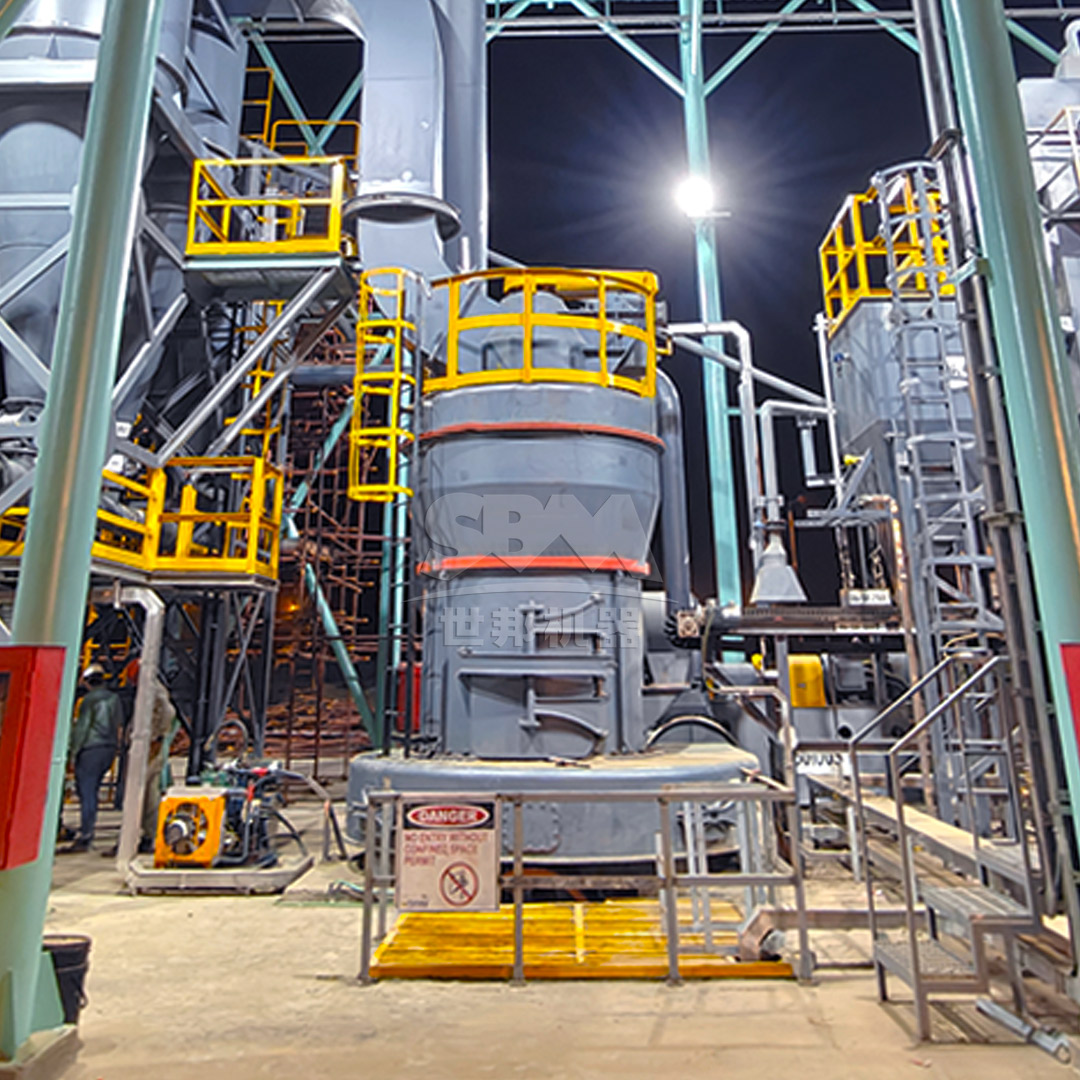
Conclusion: Investing in Technology for Market Leadership
The transition from standard to high-performance aluminum hydroxide products is driven by advanced milling technology. Investing in a state-of-the-art grinding system from our company is not merely a purchase of equipment; it is an investment in product quality, operational efficiency, and market positioning. Whether your focus is on the ultra-premium segment with our SCM Ultrafine Mill or on high-volume dominance with our MTW Series Trapezium Mill, we provide the reliable, efficient, and precise technology needed to revolutionize your fine chemical processing and secure a leading edge in the competitive market for aluminum hydroxide powders.


